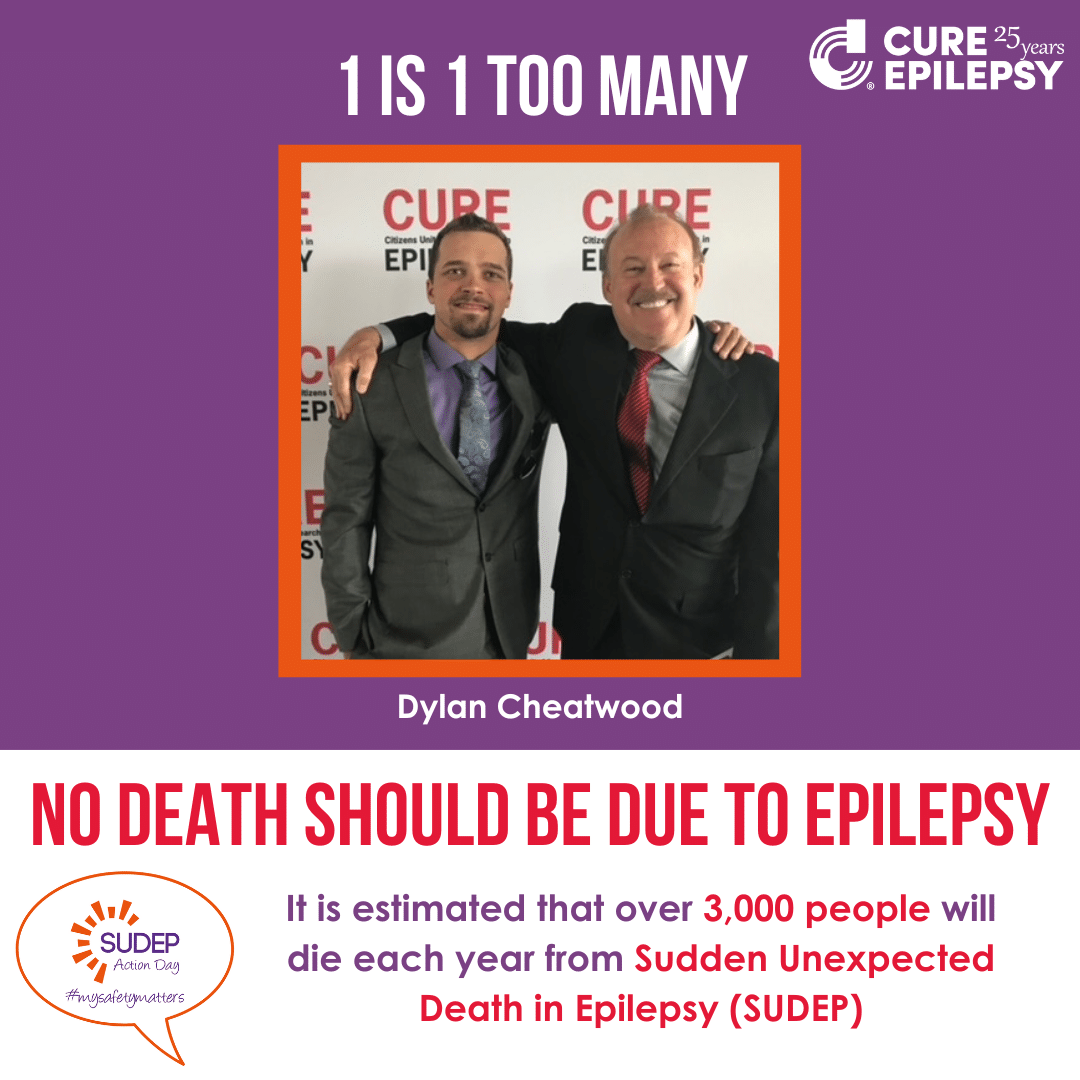Epilepsy patients in the poorest communities are more than twice as likely to suffer sudden unexplained death due to epilepsy (SUDEP) than their counterparts at the highest end of the socioeconomic ladder, although the reasons for this are difficult to ascertain, according to a review of medico-legal claims and medical examiners’ office records in three geographically diverse areas across the United States.
Why Rates of Sudden Death Due to Epilepsy Are Much Higher for Poorer Patients
September 16, 2020
A team of researchers led by Daniel Friedman, MD, an associate clinical professor of neurology at NYU Langone School of Medicine’s Epilepsy Center, studied all medico-legal investigations for SUDEP at medical examiner (ME) offices in New York City, Maryland, San Diego County, in 2009 and 2010, and again between 2014 and 2015.
The investigators found 159 SUDEP cases in neighborhoods with the lowest socioeconomic status compared with 43 cases in the highest income brackets. The ratio between the lowest and highest socioeconomic status quartiles was 2.6 in 2009 and 2010, and 3.3 in 2014 and 2015. And although overall cases fell by 36 percent between the two study periods, the disparity between groups remained similar over the full five-year study period, the researchers reported in the April 23 online edition of Neurology.
Epilepsy Status by Zip Codes
The researchers identified all decedents for whom epilepsy/seizure was listed on death certificates as a cause/contributor to death, or as a comorbid condition, as well as coding reports and data pertaining to overall socioeconomic status (SES) in each area by ZIP code. The team also utilized data from the Centers for Disease Control and Prevention and the U.S. Census Bureau.
“We found that community socioeconomic status has a significant impact on SUDEP rates,” Dr. Friedman told Neurology Today. “Further studies are needed to understand the causes of disparities in poorer communities in order to identify potential targets for intervention.”
Several possible factors can influence seizure control, he said, including the inability to afford or obtain seizure control drugs, poorer adherence to drug regimens, and limited access to specialty care for treatment-resistant seizures. Mental illness and substance abuse can also interfere with the ability of individuals to self-manage their epilepsy.
Yet, even when the data was adjusted for these factors, the researchers did not find age, adherence to anti-seizure medications, substance abuse history, or comorbidity between the lowest and highest income areas that might explain the SUDEP disparities, especially to the degree that the calculations indicated.
Unfortunately, the team was unable to determine disability status, seizure frequency, or seizure severity for a majority of the cases, Dr. Friedman said. ME reports and death certificates likely underestimate the true number of SUDEP cases, he added.
“Because SUDEP rates were calculated on the basis of ME investigation and coding of death certificates, we very likely did not ascertain all SUDEPs. Moreover, the observed overall SUDEP rate of 0.33 to 0.66 per 1,000 patient-years was lower than the rate by patient-years reported in earlier population-based studies that have examined medical and vital records,” Dr. Friedman noted.






